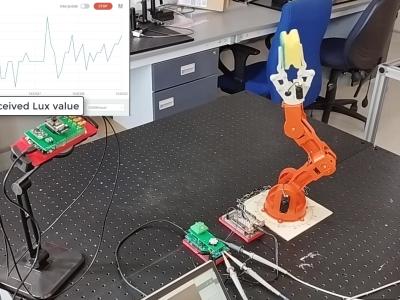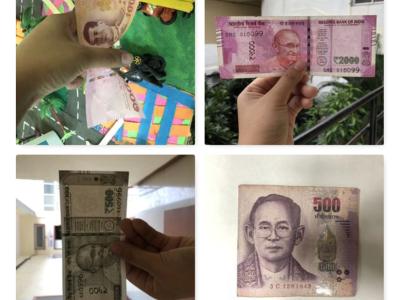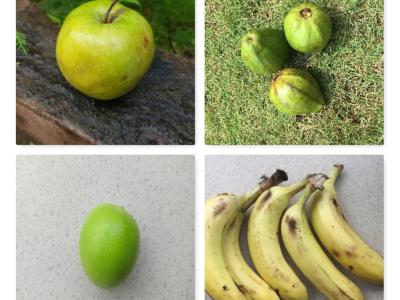
Music and animal's basic emotions associated with acoustic signals.
Files associated with animals’ sounds mainly were based on the records from Volodins Bioacoustic Group Homepage
http://www.bioacoustica.org/index_eng.html
http://www.bioacoustica.org/gallery/gallery_rus.html
More details:
- Categories:






